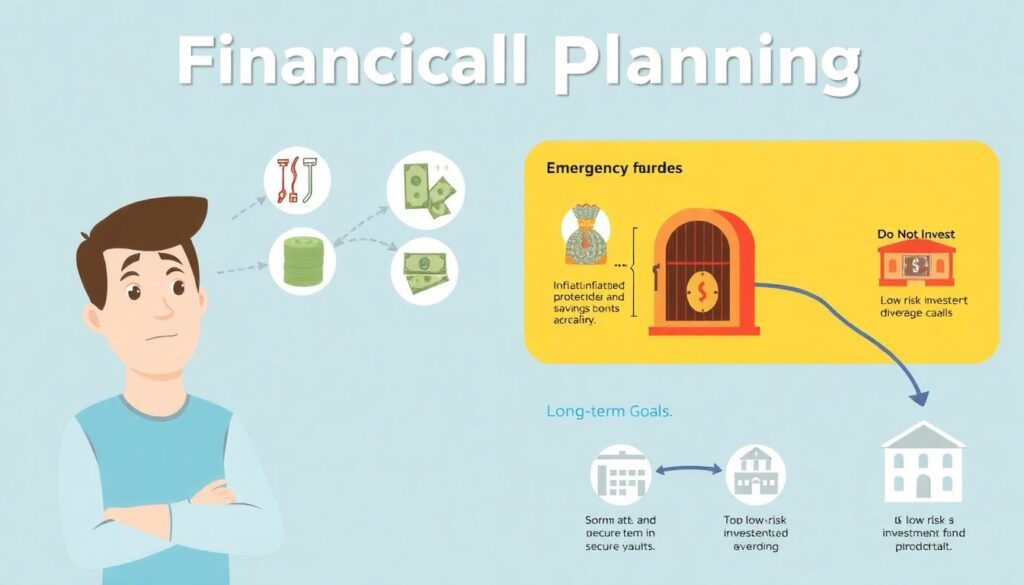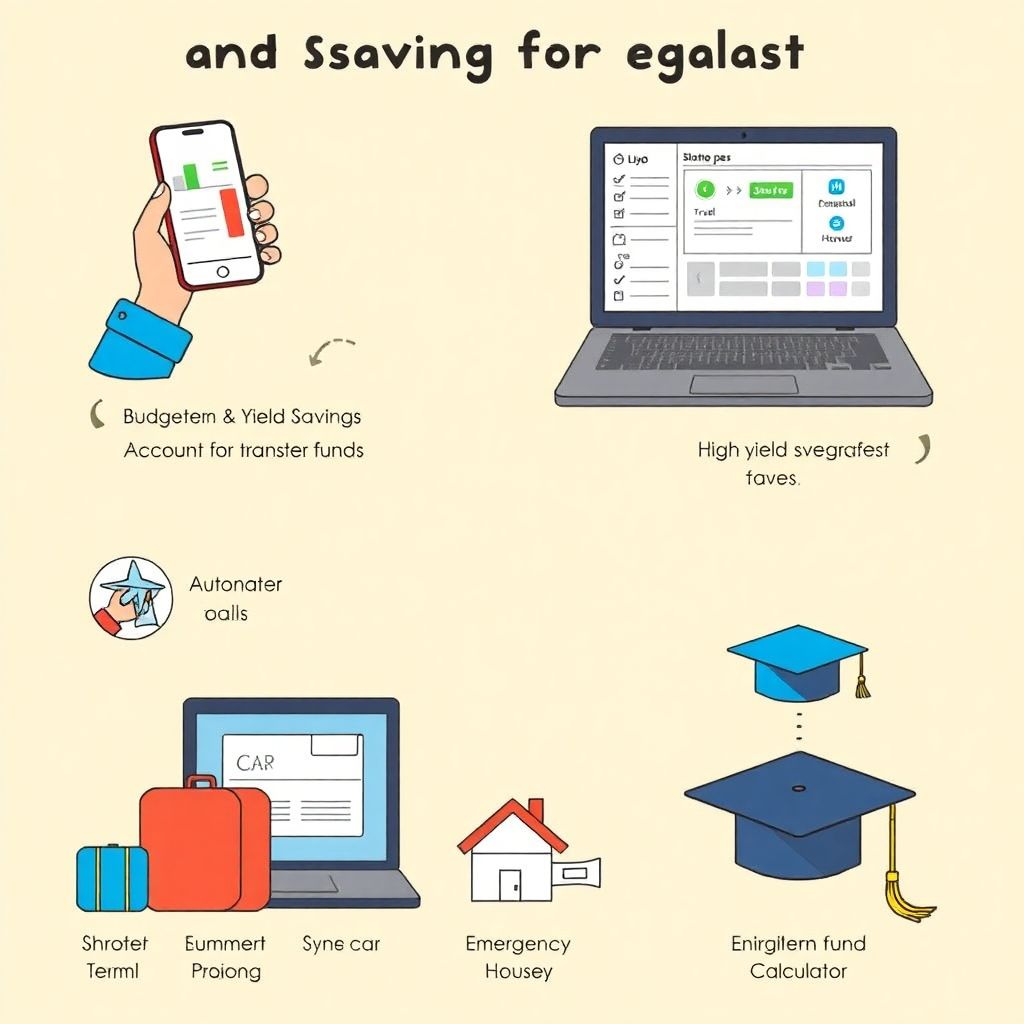Smart Saving Strategies for Beginners: The Quick Start Guide
For many people starting their financial journey, saving money can feel overwhelming. With countless apps, accounts, and advice available, it’s easy to get lost in the noise. This guide offers a structured, analytical approach to smart saving strategies, tailored specifically for beginners. By comparing methods and providing step-by-step instructions, you’ll discover which approach best suits your goals and habits.
Essential Tools for Effective Saving
Before diving into strategy, it’s important to set up a strong foundation. These tools will help you track, manage, and grow your savings effectively:
1. Budgeting Software or App
Whether it’s Mint, YNAB (You Need A Budget), or a simple spreadsheet, having a tool to categorize and monitor your spending is non-negotiable. Choose one that fits your lifestyle—some prefer automation, others manual input for better awareness.
2. High-Yield Savings Account
Traditional bank accounts offer minimal interest. Instead, opt for an online high-yield savings account, which can earn you 10–20x more in annual interest. This small change significantly boosts your savings over time.
3. Automation Tools
Most banks allow you to set up automatic transfers from your checking to savings account. Apps like Digit or Qapital go further by analyzing your spending habits and transferring small amounts you won’t miss.
4. Emergency Fund Calculator
Use online calculators to determine how much you should set aside for emergencies. This helps set a realistic savings goal and prevents over-saving at the expense of other financial priorities.
Step-by-Step Process to Start Saving Wisely
Step 1: Define Your Saving Goals
Not all savings are equal. Start by separating your goals into categories:
– Short-term (0–2 years): Travel, electronics, holiday gifts
– Medium-term (2–5 years): Emergency fund, car replacement, moving expenses
– Long-term (5+ years): Retirement, home purchase, children’s education
This classification helps match your savings strategy with risk tolerance and liquidity needs.
Step 2: Assess and Adjust Your Budget
Analyze your current spending patterns. Identify non-essential expenses that can be reduced or eliminated. A common approach is the 50/30/20 rule:
– 50% for needs (rent, food, utilities)
– 30% for wants (entertainment, dining out)
– 20% for savings and debt repayment
If 20% seems too ambitious, start with 5–10% and gradually increase it.
Step 3: Choose Your Saving Strategy
There are several popular strategies, each with pros and cons:
– Pay Yourself First: Automatically save a fixed amount from every paycheck before spending. This method builds discipline and ensures consistent progress.
– Zero-Based Budgeting: Every dollar is assigned a job, including savings. Offers high control but requires meticulous tracking.
– Round-Up Apps: Round up each transaction to the nearest dollar and save the difference. Great for effortless micro-saving, though results are modest.
– Percentage-Based Saving: Save a fixed percentage of all income. Scales well with fluctuating earnings but may be hard to maintain during lean months.
Troubleshooting Common Saving Challenges
Even with the best plans, obstacles arise. Here’s how to address them:
1. Inconsistent Income
Freelancers or gig workers often struggle with income variability. The solution? Base your savings percentage on your lowest average monthly income. Any surplus can be saved as a bonus.
2. Lack of Motivation
Saving without a clear purpose can feel pointless. Revisit your goals and make them visual—use a goal-tracking app or even a vision board. Celebrate small milestones to maintain momentum.
3. Unexpected Expenses

Emergencies can derail your savings progress. That’s why building an emergency fund should be your first goal. Aim for 3–6 months of essential expenses, and replenish it immediately after use.
4. Inflation and Low Interest Rates

If your savings are losing value due to inflation, consider alternatives like inflation-protected savings bonds or short-term CDs. Avoid investing your emergency fund, but long-term goals can benefit from low-risk investments.
Comparing Strategies: Which One Works Best?
There’s no one-size-fits-all solution. However, some general trends emerge:
– For structure-oriented beginners: Zero-based budgeting offers control and detail but requires discipline.
– For busy individuals: Automation and round-up apps provide convenience with minimal effort.
– For goal-driven savers: The pay-yourself-first method aligns well with defined objectives and builds good habits.
Each strategy has its merits, and the best approach often combines elements from several methods. For example, automating a fixed percentage from each paycheck while using a round-up app for extra savings can create a powerful, low-maintenance system.
Final Thoughts
Smart saving isn’t about deprivation—it’s about intentionality. By using the right tools, following a structured process, and adapting your strategy as life changes, you can build a strong financial foundation. Beginners who start with clarity and consistency often find that saving becomes second nature over time.

